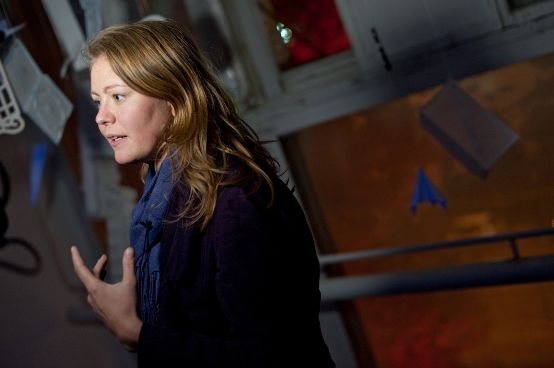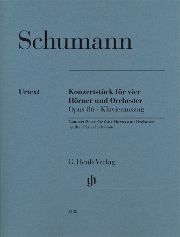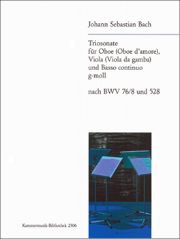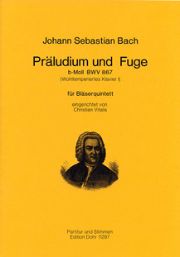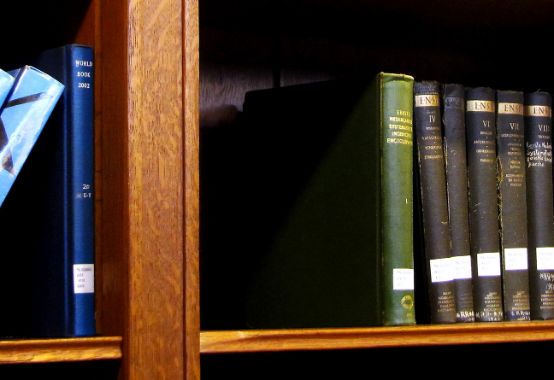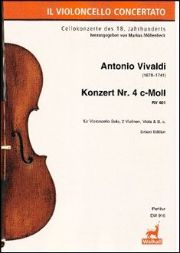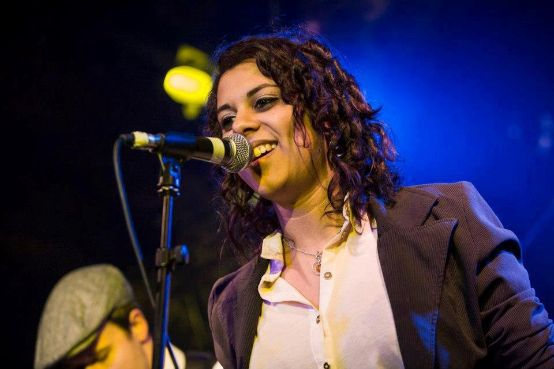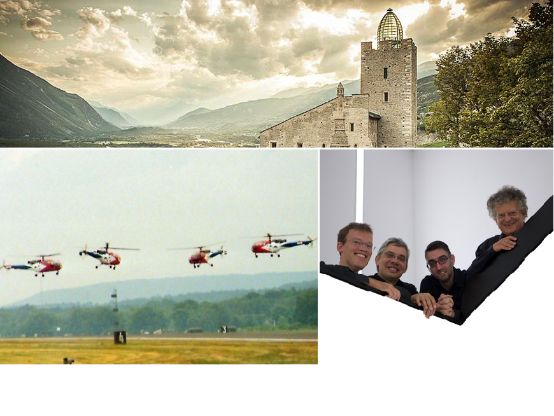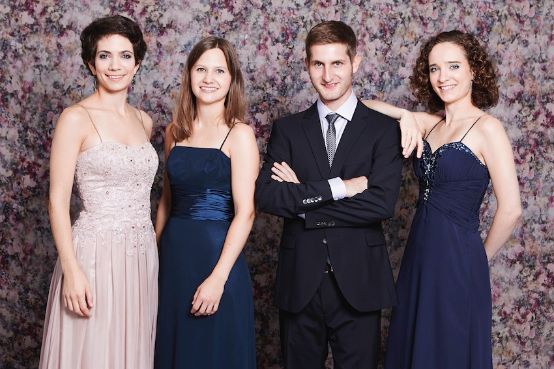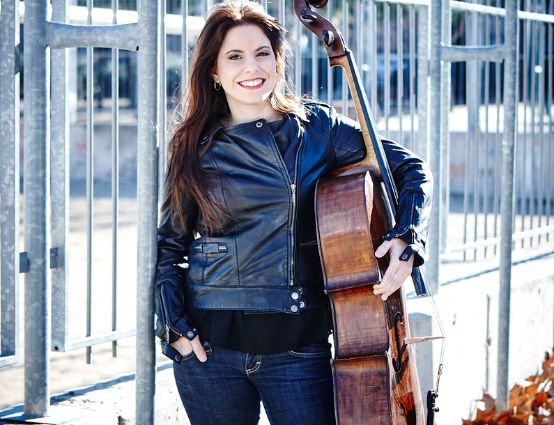It was a passion for tracking down new music trends that led Thomas Burkhalter to found Norient twelve years ago. To this day, the network for local and global sound and media culture serves as a guide for music trends from all over the world and was also a decisive factor in the creation of the Norient Music Film Festival: in 2008, Burkhalter, an ethnomusicologist by profession, and journalist and media artist Michael Spahr were recognized with their documentary film Buy More Incense to the International Music Film Festival "Muzyka i Swiat" in Krakow. Their contribution, which dealt with Indian and Pakistani secondo musicians in London, was awarded the Audience Award. "We were impressed by the event," says Burkhalter. So much so that the two decided to try their hand at organizing a festival themselves.
Two years later, the Norient Music Film Festival was launched in Bern. Then as now, it lasts three days and takes place in Bern's Reitschule cinema. While the first edition attracted around 600 spectators, the last time the number was well over 1,400, which means that the limits of what is feasible have been reached in the federal city, but one thing is clear: "We want to stay at the current location, not least for atmospheric reasons." Nevertheless, there have been and still are changes: in 2013, Michael Spahr decided to hand over the co-management; Thomas Burkhalter currently decides on the program alone - at least in the final instance. And since this year, the festival, which is financed by the city and canton of Bern, the Burgergemeinde, the Migros Culture Percentage, the Südkulturfonds and admission fees, has also had a presence in St. Gallen for the first time. To make the effort of bringing guests and live acts to Switzerland worthwhile, as Burkhalter explains.
He viewed around 150 films for the last edition, eleven of which were included in the program. "Once again, the quality gap was very wide," recalls the 41-year-old. In other words: Only a few works had the artistic potential he had hoped for. Even though the festival now receives many films - mostly as streams or downloads - his helpers and he still have to search for them themselves, explains Burkhalter. "Our network is a great help here." Researching blogs is also essential and, if necessary, you can do your own research via Google - using search terms such as "hip hop, Bali and documentary".
Burkhalter cannot confirm that the overall quality of music films has increased in the recent past. "Nevertheless, I think that the standard of the films we show has risen over the years." In any case, the selection process is becoming ever stricter. "And more complex." For a film to make it into the selection, a director should engage as intensively as possible with the musicians portrayed and avoid platitudes. "And, of course, a film needs a captivating story or an exciting format."
Burkhalter's personal highlights of the last festival edition include Human Shieldsa feature by Irish radio producer Bernard Clark on the Gaza war, also Syrian Metal Is Warwhich is about Syrian metal musicians and how they deal with the civil war. "Director Monzer Darwish shot the film at risk and now lives in exile in Algeria." And what message does the Norient Music Film Festival want to convey to its visitors? "Everything we do aims to show that exciting films and music can also be created in a digital world," answers Burkhalter. And thus expresses the fact that there is also artistic life outside of commerce.
To date, only one Swiss contribution has been included in the program. The works offered so far have sometimes lacked explosiveness. "Too often they were just portraits of local bands." When Burkhalter compares the first edition of the event with the most recent one, he is struck by how much the festival plays with formats. "We not only allow, but explicitly encourage, such diverse formats as radio, audiovisual performances, live shows and lectures." The Norient Music Film Festival is a playground where people can - and should - experiment, says Burkhalter. And there are already clear signs of anticipation for the next edition.
The 7th Norient Music Film Festival will take place from January 14 to 17, 2016.
www.norient.com








